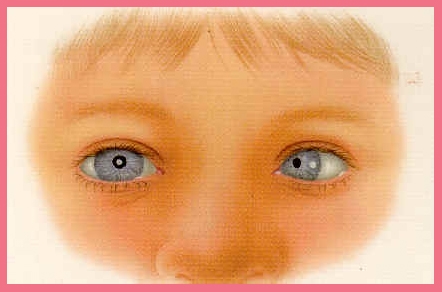
Amblyopia and Strabismus
Amblyopia, also known as “lazy eye”, refers to an eye that does not see well even with glasses or contact lenses. Strabismus is a condition in which the eyes do not point at the same place and is also referred to as a “crossed eye.”
Cataracts
Cataracts are the leading cause of blindness in the world. A cataract is a clouding of the eye’s crystalline lens that results in less light being transmitted through the eye. Most cataracts develop so slowly that many patients don’t realize that their vision has declined.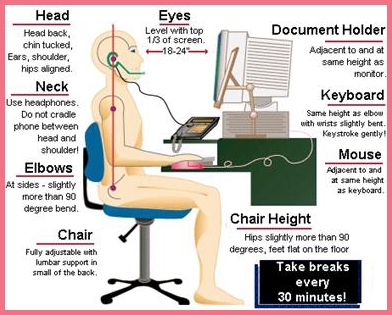
Computer Vision Syndrome
It’s amazing how many times patients come in with computer vision symptoms despite having an “Ergonomically Designed” computer station. What we frequently find is a lack of attention to the visual needs and in particular the height of the monitor. Monitors should not be at eye level. Yet this is where ninety percent of them are located.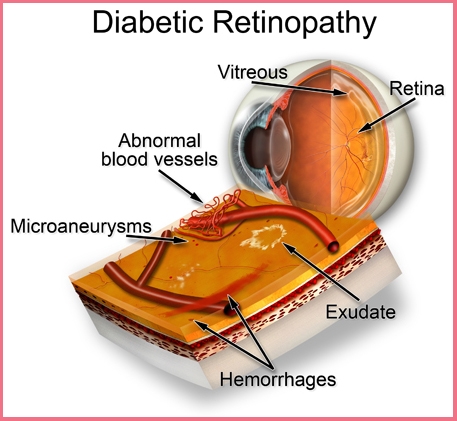
Diabetic Eye Disease
Diabetes is a leading cause of blindness in the United States. Diabetes can cause a variety of changes in the eye. The most significant and dangerous of these changes is Diabetic Retinopathy. This condition occurs when, due to diabetes, the vessels of the retina become ‘leaky’, allowing blood to slip through their walls and into the surrounding retinal tissue.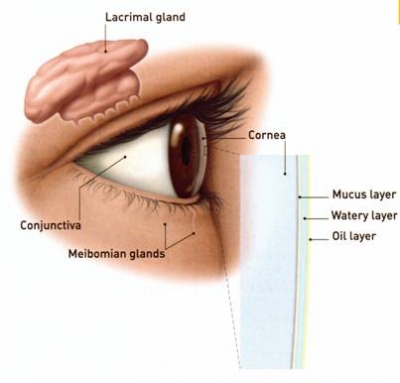
Dry Eye Syndrome
One of the most common visual problems of Central Oregon residents is dry eye, and many patients don’t recognize it. You might not expect excessive tears running down your cheeks to be dry eye, but it actually is one of the symptoms. Other symptoms include dry, gritty, scratchy eye, red eyes and even large fluctuation in vision. Effected patients are usually female and may be as young as the early twenties. Contact lenses often aggravate the problem, as does the dryness in Central Oregon.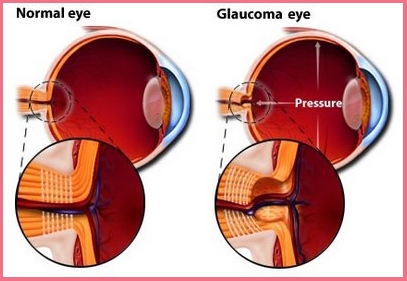
Glaucoma
Glaucoma is a general term used to describe a group of diseases that damage the nervous tissue of the eye resulting in vision loss and potential blindness. Elevated intraocular pressure (IOP) is one of the main risk factors in developing the disease, but there are many glaucoma patients that have relatively normal IOP. Other risk factors include age, race, and family history.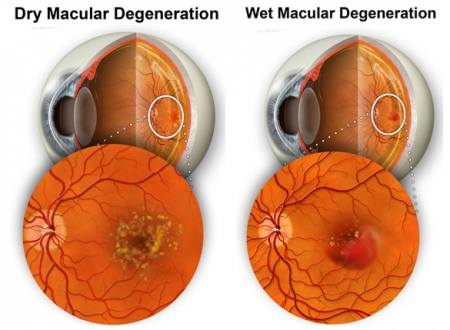
Macular Degeneration
Macular Degeneration is a disease that is typically associated with the ageing process, although it can occur in relatively young patients. The macula is the area of the retina that we use to view high detail central vision. This is the area that is most tightly packed with cones (cells that see color and detail).
